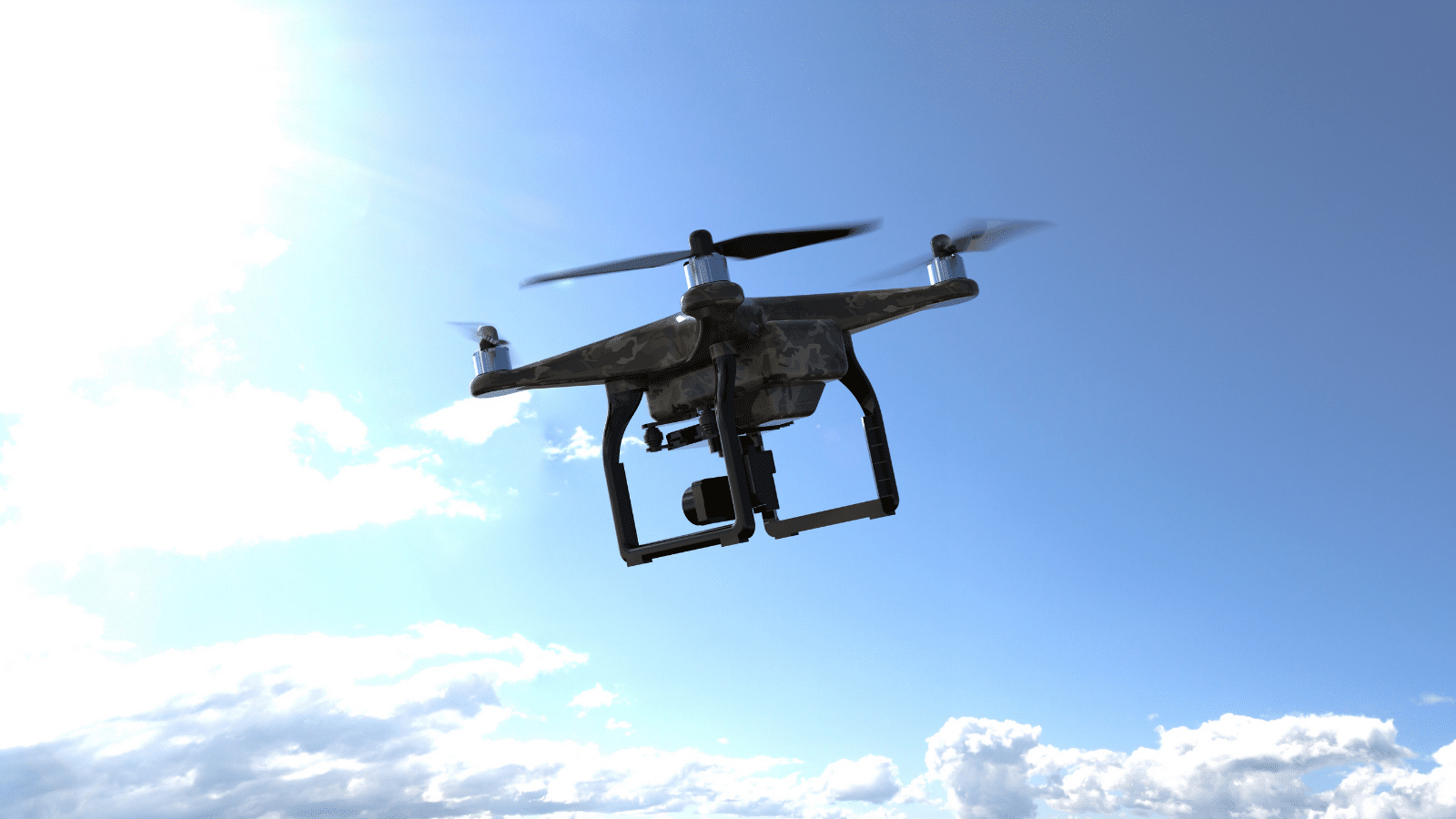While receiving significant publicity from global media, the rise of the humanitarian drone is so far more of a whimper than a bang. This article explores some critical perspectives behind the limited use of drones.
In 2016, the Swiss Foundation for Mine Action (FSD) undertook the first systematic survey on perceptions and use of humanitarian drones. The survey found that roughly only 1 in 10 of an already very select group of respondents had actual experience with drones in humanitarian settings.
While it found that 60 percent of responders held positive views on the integration of drones into humanitarian work, 18 percent held no opinion, and a significant minority, or 22 percent, held negative or very negative perceptions of drones in humanitarian action.
The reasons cited for a negative perception fall into three general categories:
This list of perceptions must be understood in context of general sentiments within the humanitarian sector.
The association with military power—in particular with the U.S. war on terror, military intelligence gathering, and commercial utility—has been a strong organisational and principled deterrent. With respect to surveillance drones, their adoption has probably also been tempered by a general unease with the implications for data protection and privacy—issues that have entered mainstream policy discussions in the humanitarian field during the past five years.
There is also a cost-benefit issue. The drone industry has generally been criticized for pushing a solution in need of a problem, and evidence for humanitarian drone use cases is still being developed. Most of the models offered by the drone industry are too expensive for the humanitarian sector and the available models often not powerful enough to stay in the air for any significant time. At a time where unprecedented focus is given to humanitarian effectiveness, it is not clear that plans for drone acquisition would survive the cost-benefit calculus of the average humanitarian outfit.
It is useful to put individual and organisational perceptions about the role of drones in humanitarian work in a broader cultural and political context. As drone technology has rapidly become more sophisticated, affordable, and available over the past two decades, drones have also become widely known as a dual-use technology with a uniquely bad reputation.
Globally scapegoated for enabling a new form of remote warfare that has killed thousands of civilians, there has been a considerable industry interest in building a moral economy around drones to make them ”look better” to regulators, existing and potential customers, and the general public. Arguing that drones can do important work in detecting and alleviating humanitarian crisis has been a central part of this effort to create ”good drones.”
In a time of unprecedented emergencies, the humanitarian sector occupies a key space in our shared imagination: humanitarians rush against time to rescue innocent civilians trapped in natural disasters and conflict zones, or confronted with infectious disease outbreaks and famines. The work is often portrayed as heroic, and the circumstances difficult. And like Sisyphus pushing his boulder up the hill, humanitarian work is always inadequate and never ending. Drones are presented as filling the gap, where humanitarians can’t have boots on the ground for security reasons or due to logistical or financial constraints. Reference is often made to the well-known military rationale for using drones, namely that they can do dull, dirty, and dangerous work; and that they never get tired, angry, or irrational.
However, humanitarian drones are frequently presented as much more than technical tools. Humanitarian drones have generally been oversold as game-changers. Advocates claim that drones hold the promise of changing not only how things are done, and by whom, but what’s possible within, or despite, a given context. It is important to point out that this type of argument is part and parcel of the rhetoric whenever someone argues for the introduction of drones to any kind of emergency context. Drones are spoken of as game-changers for development aid, peacekeeping, the “war on poaching”—and humanitarian aid.
Getting humanitarian aid right—on the right timeline, in the right way, and for the right price—is hard. The humanitarian sector struggles with lots of unresolved challenges with respect to obtaining adequate situational awareness for aid workers; getting sufficient information about the size and whereabouts of crisis-affected communities; and overcoming the logistical problems of timely and appropriately scaled last-mile delivery of cargo.
Promising to solve these challenges, promoters of humanitarian drones sometimes veer off into drone utopianism, where drones become the solution for a raft of political problems ranging from insecurity to corruption, non-existent basic health care, such as the Ebola drone, or probably the most speculative idea so far, the lack of infrastructure spending. However, arguing Africa needs drones more than roads is more than a sales pitch; it is an argument with clear moral connotations.
With respect to cargo drones—the latest installment in the humanitarian drone craze—industry actors freely admit that “doing good” and testing their products go hand in hand: flying over congested urban airspace with little preparation and immature technology is neither possible nor legal in the West. Imbued with promises of delivering the blood work of sick African children for testing or ensuring that these children get access to medication, these test-cycles are presented as humanitarian action in themselves. Several international aid agencies and NGOs have gamely lent a hand in promoting these kinds of experimental practices.
Yet, according to a report last year on the potential for using cargo drones in aid, the technology is simply not ready. The cargo drones that are available to humanitarian providers are far from powerful enough to transport tons worth of relief items.
So we wait—not for a bang that isn’t coming but for the drone technology to become better; for the drone industry to engage more responsibly with communities in crisis; and for humanitarians to figure out what they actually want from drones and how they will go about achieving the necessary added value.
This blog post was also published on The Cypher Brief.
